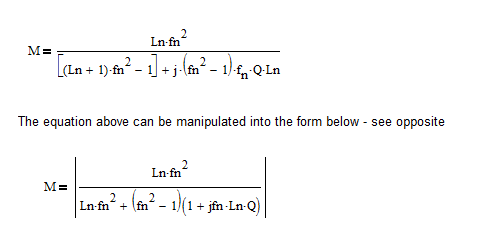Other Parts Discussed in Thread: UCC29950
Hello,
While looking at the tool "sluc146,Rev 1.2 2009-04-29", the Peak_Gain(m) versus Qe plot in sluc146 is not the same as in SLUP263.
The plot in SLUP263, TIDA-01501 and TIDA-01557 are identical.
Any explanation for the difference?
Thanks and Regards



